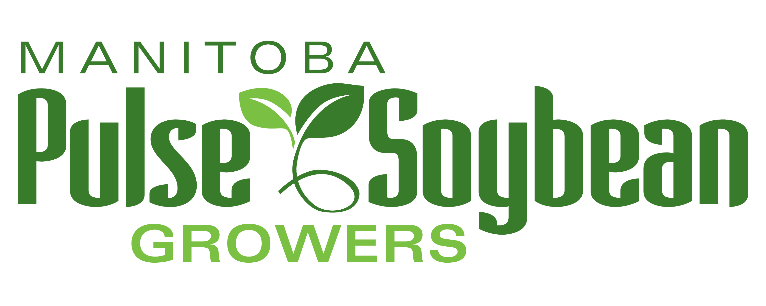Today’s consumer understands the role of fiber consumption in maintaining good health so they are seeking fiber-rich foods to obtain their daily fiber requirement. Bakery products have traditionally been a key source of dietary fiber and they are also ideal products for fiber enrichment. Various fiber ingredients such as pea fiber, oat fiber, and cellulose fiber have been successfully added to lower-fiber bakery products such as white bread to boost their fiber content. Each fiber ingredient contributes unique functional, nutritional, and quality attributes which in addition to cost, influences the food industry’s fiber choice and usage level.
Some research has been conducted using pea fiber in bread but it has focused mainly on dough handling and bread quality. This project will investigate other potential effects of pea fiber incorporation such as shelf life extension or ingredient replacement, it will identify how fiber fractionation (wet or dry) impacts pea fiber performance in a bread application, and it will study the performance of pea fiber compared to more economical cellulose (wood) fiber in a white bread application. Nutritional and cost comparisons will also be generated. The results of this research will allow pea fiber processors to position pea fiber as a multi-benefit fiber enabling them to justify its higher cost to the price sensitive bread industry and hopefully regain market share from cellulose fiber thus increasing demand for Manitoba peas.
